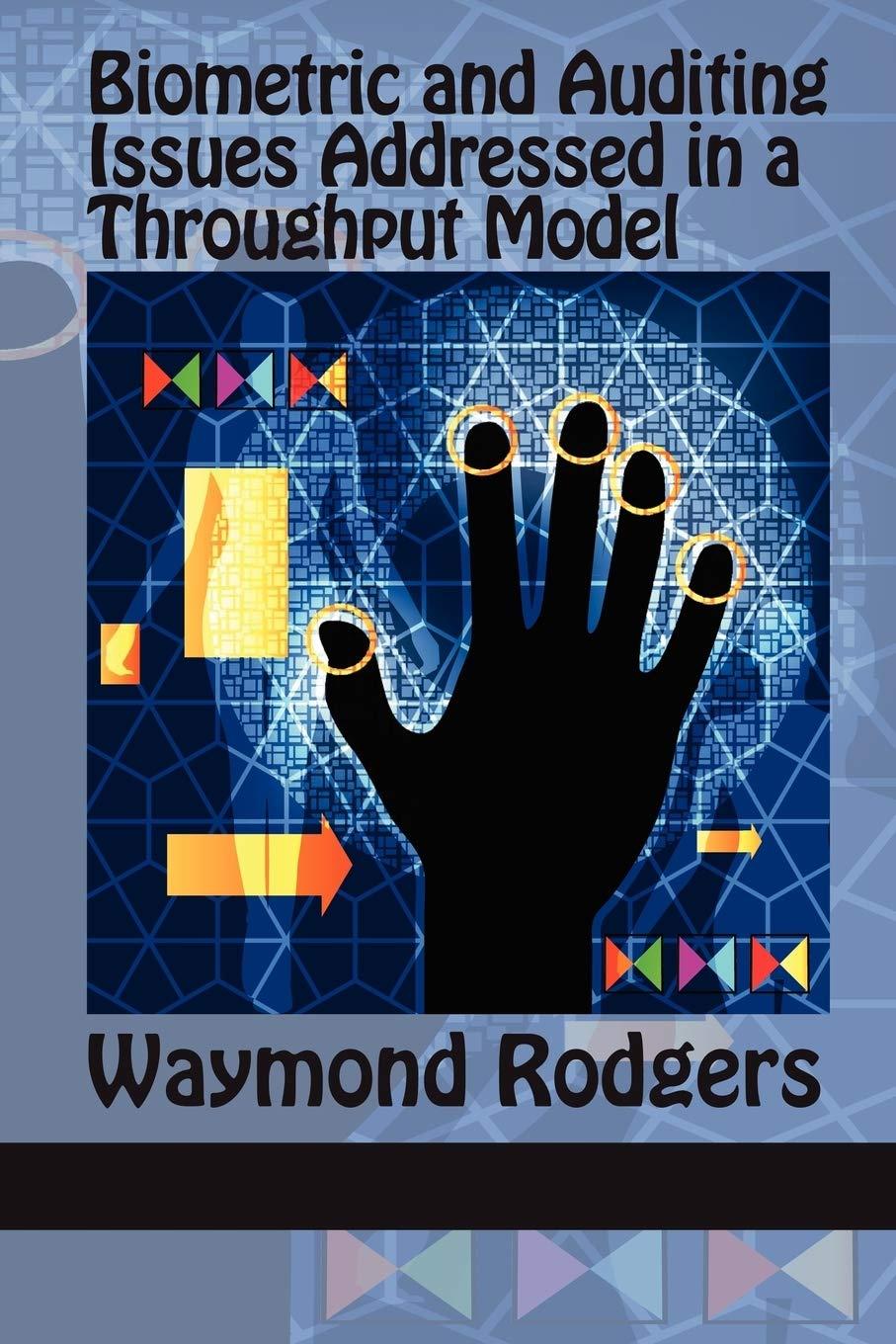Question
6. Granite Enterprises acquired a patent from Southern Research Corporation on January 1, 2016 for $3.1 million. The patent will be used for 5 years,
6. Granite Enterprises acquired a patent from Southern Research Corporation on January 1, 2016 for $3.1 million. The patent will be used for 5 years, even though its legal life is 20 years. Rocky Corporation has made a commitment to purchase the patent from Granite for $190,000 at the end of five years. Compute Granite's patent amortization for 2016, assuming the straight-line method is used.
7. In January of 2016, Vega Corporation purchased a patent at a cost of $202,000. Legal and filing fees of $55,000 were paid to acquire the patent. The company estimated a 10-year useful life for the patent and uses the straight-line amortization method for all intangible assets. In January 2019, Vega spent $28,000 in legal fees for an unsuccessful defense of the patent and the patent is no longer usable. The amount charged to income (expense and loss) in 2019 related to the patent should be:
8. Fellingham Corporation purchased equipment on January 1, 2014, for $264,000. The company estimated the equipment would have a useful life of 10 years with a $16,800 residual value. Fellingham uses the straight-line depreciation method. Early in 2016, Fellingham reassessed the equipment's condition and determined that its total useful life would be only six years in total and that it would have no salvage value. How much would Fellingham report as depreciation on this equipment for 2016?
9. Broadway Ltd. purchased equipment on January 1, 2014, for $780,000, estimating a 6-year useful life and no residual value. In 2014 and 2015, Broadway depreciated the asset using the straight-line method. In 2016, Broadway changed to sum-of-years'-digits depreciation for this equipment. What depreciation would Broadway record for the year 2016 on this equipment?
10. Jung Inc. owns a patent for which it paid $70 million. At the end of 2016, it had accumulated amortization on the patent of $20 million. Due to adverse economic conditions, Jung's management determined that it should assess whether an impairment loss should be recognized for the patent. The estimated undiscounted future cash flows to be provided by the patent total $45 million, and the patent's fair value at that point is $35 million. Under these circumstances, Jung:
Step by Step Solution
There are 3 Steps involved in it
Step: 1

Get Instant Access to Expert-Tailored Solutions
See step-by-step solutions with expert insights and AI powered tools for academic success
Step: 2

Step: 3

Ace Your Homework with AI
Get the answers you need in no time with our AI-driven, step-by-step assistance
Get Started


